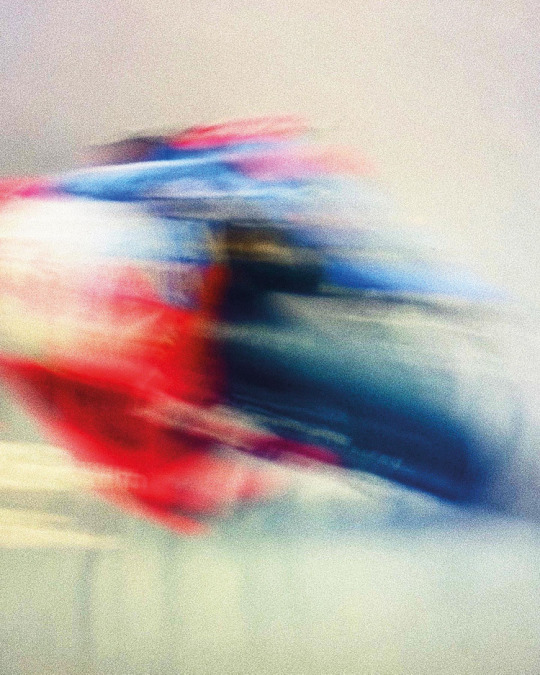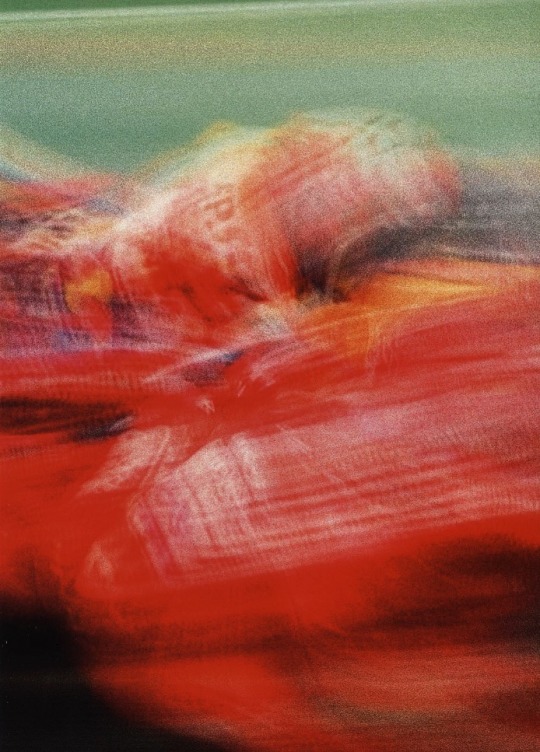Photo

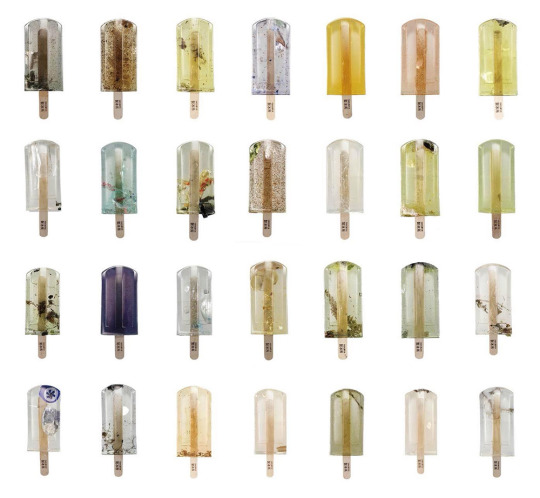
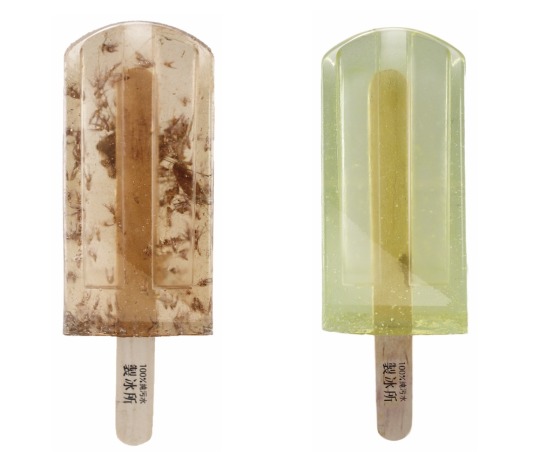
Polluted Water Popsicles by Hung I-chen, Guo Yi-hui, and Cheng Yu-ti
525 notes
·
View notes
Text



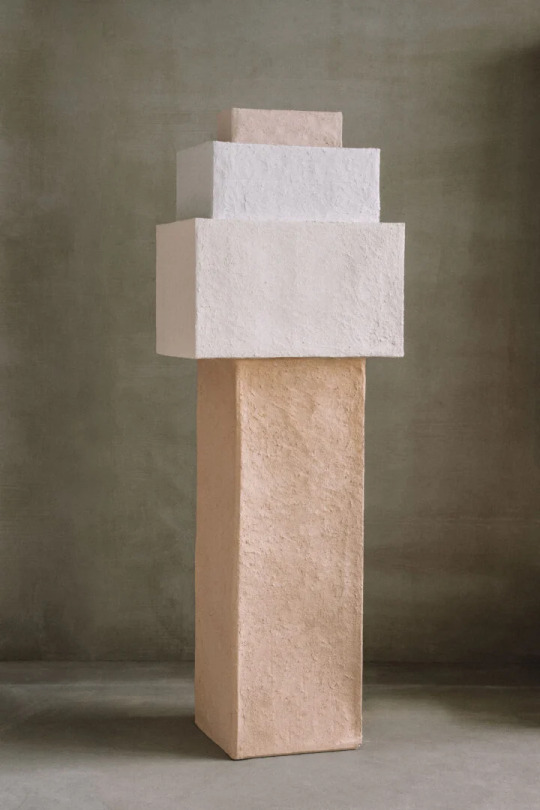


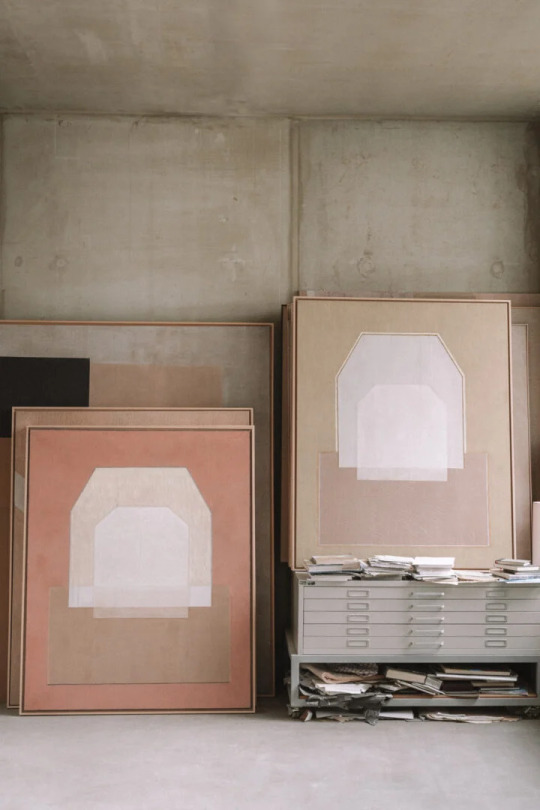
German artist Kim Bartelt creates art that meditates on the frailty of our existence through simple forms and translucent colors. A hybrid of painting and sculptures, her canvases are minimalistic, geometric landscapes that capture the fragile connection between the visible and the invisible. We learn more about her intriguing artistic process in her studio in Wedding, Berlin.
0 notes
Text

Faceted Limes and Apples with Scribbled Skin Shape Yuni Yoshida’s Vivid Photographs
443 notes
·
View notes
Text
youtube
2 notes
·
View notes
Text
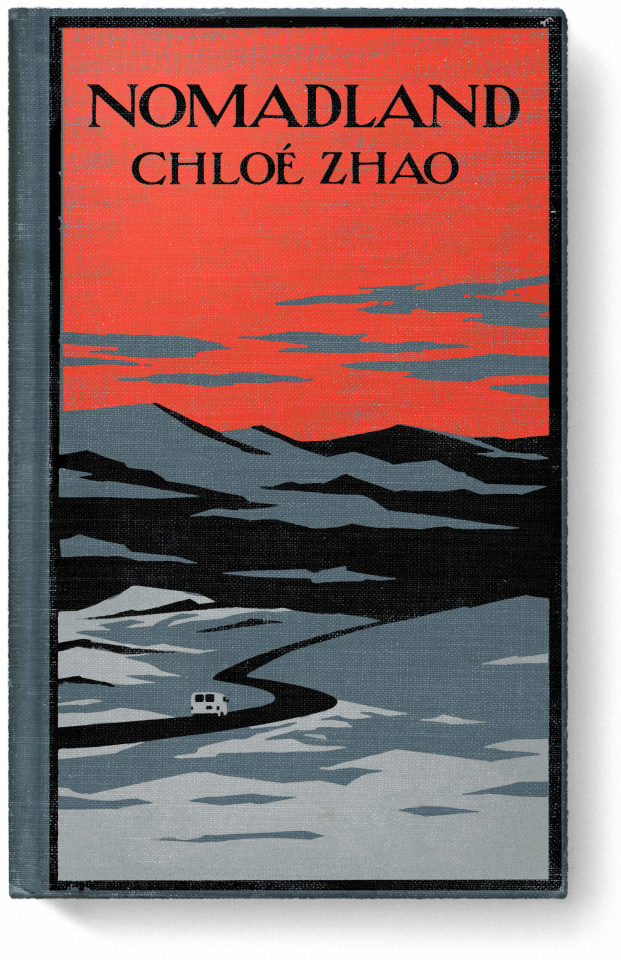
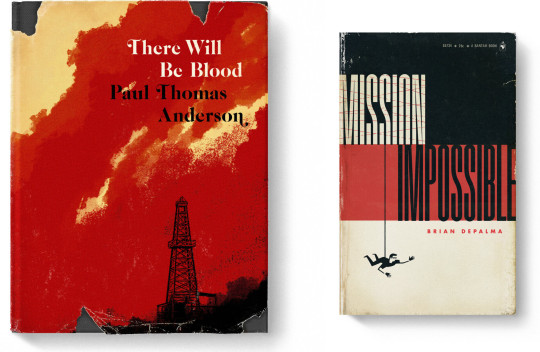



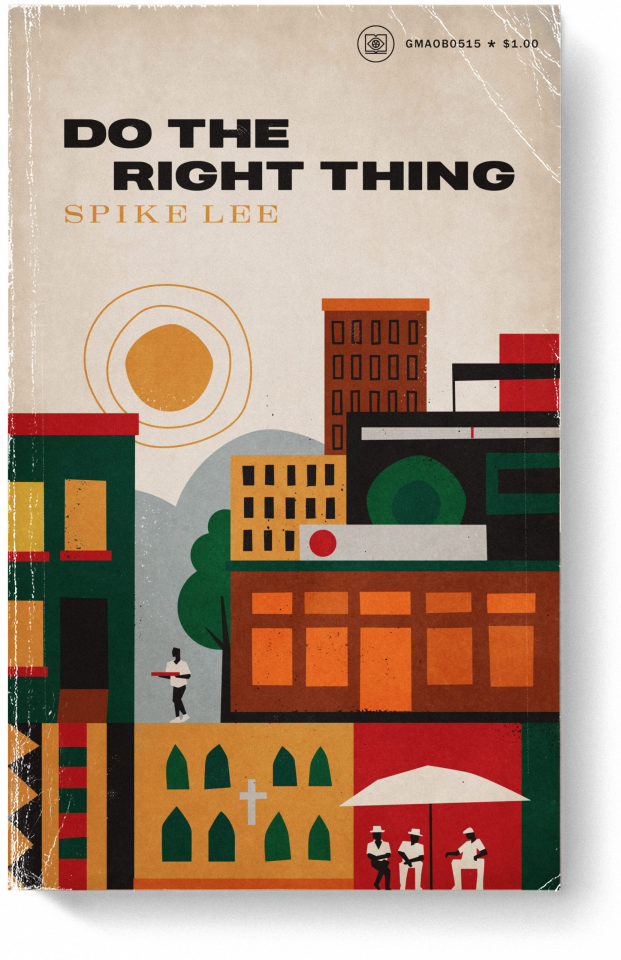
It’s said that you shouldn’t judge a book by its cover, but both readers and publishers are savvy enough to know that cover design speaks volumes about what’s inside. From the explosive graphics of pulp fiction to the attention-grabbing dust jackets of clothbound copies, cover design visually links to specific genres or series. For designer Matt Stevens, a love for the aesthetics of shelf-worn pocket paperbacks and a passion for movies spurs the ongoing series Good Movies as Old Books (previously).
The idea for the project dovetailed from a proposal Stevens made to a movie production client. “Often, we try and make the pitch look and feel like something else. Maybe an old manual or a set of vintage baseball cards,” he tells Colossal. “(For) one of the pitches, we were selling a pretty modern idea but in a way that needed to look really old and worn. I really enjoyed the process of putting something in a different context and thought I’d take it on as a personal project.”
Stevens grasps the potential of digital tools to create realistic depictions of analog objects and explains that he’s most interested in the digital world when it can be used to recreate a sensation of tangibility. He says:
I was coming up right as computers were becoming reliable design tools, and in design school, we still used things like French curves, photocopy machines, and drew a lot of type by hand—because we had to. I really love things that feel handmade, screen printed, printed on a press, worn down…you can see the process in the image and the grit and age.
1 note
·
View note
Text




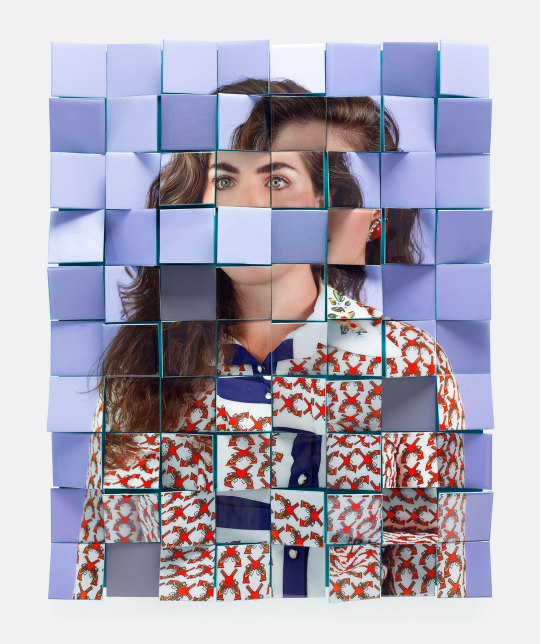


Stacked, spinning, and puzzled together, Karen Navarro’s vibrant portraits explore myriad facets of identity. Photography provides the foundation for the Houston-based artist’s practice, which often encompasses sculpture, text, and collage to examine ideas around self-representation, gender, race, and a sense of belonging. In two of her recent series, The Constructed Self and Neither Here Nor There, Navarro slices bold portraits into cubes or strips, then rearranges the pieces into shape-shifting patterns.
Born in Argentina, Navarro later immigrated to the United States, and in 2014, she discovered that she could trace her ancestry to the Mapuche culture. “I have always been interested in identity, but this piece of information shook my past understanding of who I was,” she says. The Constructed Self developed from an interest in the simultaneously personal and universal human experience of building and exuding a persona. She is also interested in how one’s perspective can alter what one sees.
Through fragmenting, layering, and reassembling, Navarro splices images with bright edges that draw attention to negative space, uneven surfaces, and intersections. She captures digital portraits of her sitters in front of solid backgrounds, emphasizing their direct gazes and garments. While she focuses on others, she sees the work as self-reflective and driven by “the need to celebrate diversity to reframe the representation of historically marginalized identities.”
2 notes
·
View notes
Text





A stack of worn phone books, a neatly folded button-up, and a junk draw filled with receipts, batteries, and takeout remnants capture the playful nostalgia of Bernie Kaminski’s paper mâché sculptures. The artist, who began working with the humble craft after his daughter brought home a seahorse she made in school, is driven largely by curiosity and a desire to explore the potential of the material, and he tends to recreate the objects he finds around his home. An orange dutch oven sits atop a shelving unit stocked with pantry items and cookbooks, for example, and books like Wilkie Collins’ The Woman in White and John Berger’s A Painter of Our Time find their place among other classic texts.
Kaminski gravitates toward authentic interpretations of generally banal items, although the subtle ripples and creases of the material remain visible. He generally coats a cardboard and tape base with the wet paper mâché, before letting it dry and painting on logos, signatures, and other details. Imbued with a playful sense of nostalgia, the sculptures “look fake in a way that somehow reflects how I feel about the real thing,” the artist tells It’s Nice That.
Be sure to visit Kaminski’s Instagram for an archive of the lighthearted wares. (via Kottke)
51 notes
·
View notes
Text
2 notes
·
View notes
Text
0 notes
Text
0 notes
Text
"In these films, there’s no such thing as too many product demos as long as they’re natural extensions of the story."—Tor Myhren, vp of marketing communications, Apple
1 note
·
View note






